1. Planting Too Close Together
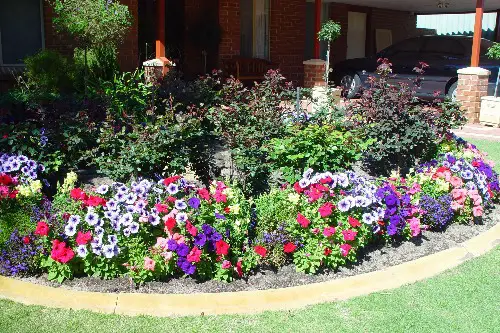
It’s tempting to cram as many plants as possible into a bed, but overcrowding suffocates them. When roots compete for water and nutrients, growth slows dramatically. Air circulation also drops, which makes leaves stay damp longer and increases the risk of disease. Even if everything looks lush at first, the plants will eventually start to struggle.
Spacing guidelines on seed packets or plant tags aren’t just suggestions—they’re survival instructions. A tomato planted six inches from another tomato won’t reach its potential, no matter how rich the soil is. Give plants breathing room so their roots can spread comfortably. The reward is stronger growth and fewer fungal issues down the line.
2. Ignoring Sunlight Needs
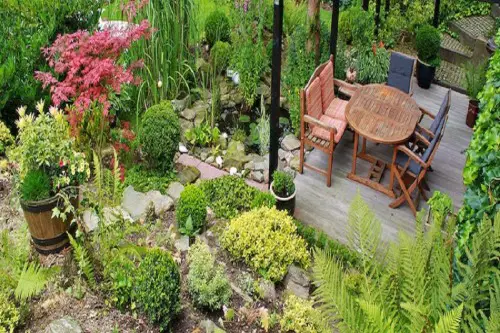
Not every part of the garden gets the same amount of light, and pretending otherwise can harm plants. Shade-lovers wilt in full sun, while sun-hungry vegetables like peppers won’t thrive in the shadows. If plants don’t get the light balance they need, their photosynthesis slows and energy reserves dip. The result is weak stems, poor blooms, and disappointing harvests.
A garden layout should always map out sun exposure before planting. Spend a day noting which areas are sunny and which are shaded, hour by hour. Place crops like lettuce or hostas in dappled zones, and give tomatoes or roses the brightest spots. This small step helps each plant live where it can do its best work.
3. Blocking Airflow With Tall Plants

Tall plants can unintentionally act like windbreaks, cutting airflow to everything behind them. When air is trapped, humidity builds up and pests like aphids and spider mites thrive. Fungal infections, from powdery mildew to blight, also become more common in these damp, stagnant pockets. Your plants end up living in a muggy, unhealthy microclimate.
Garden beds should consider height placement as carefully as color or style. Taller plants like sunflowers or corn belong at the north or back side of a bed so shorter plants still get both sun and air circulation. It’s a simple adjustment that prevents lower layers from suffocating. Think of airflow as invisible oxygen for your garden—it matters more than most realize.
4. Overusing Raised Beds Without Drainage
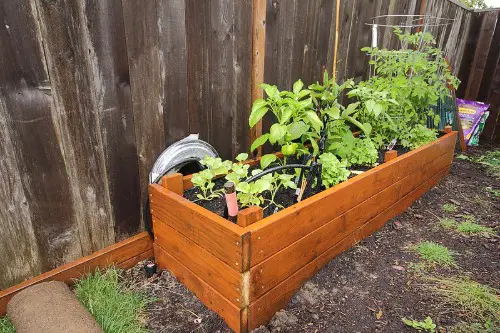
Raised beds are incredibly popular, but not all of them are built to drain properly. If water pools at the bottom, roots can suffocate and rot. Over time, this soggy environment leads to stunted growth and unhealthy soil life. A raised bed should never feel like a bathtub after a rain.
To avoid this, check that beds have drainage holes or a loose base that allows water to seep out. Adding coarse gravel or sand at the bottom can also help prevent waterlogging. Plants thrive when roots get both water and oxygen, and poor drainage takes that balance away. Done right, raised beds are a blessing—done wrong, they quietly choke your plants.
5. Planting Deep Shade Trees Over Beds
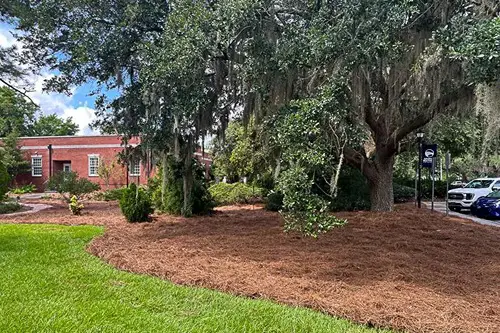
A beautiful oak or maple may seem like a natural backdrop, but planting garden beds beneath them can spell trouble. Thick canopies block not only light but also rainfall. Their roots are aggressive too, pulling water and nutrients from right under your crops. The result is a constant competition your smaller plants can’t win.
If you want beds near trees, consider shallow-rooted ornamentals rather than vegetables or annual flowers. Alternatively, build raised containers to separate garden soil from tree roots. Trimming branches to allow dappled light can also improve conditions. Otherwise, that shady, root-filled zone is better left as a mulched sitting area than a struggling garden bed.
6. Straight Rows With No Mulch
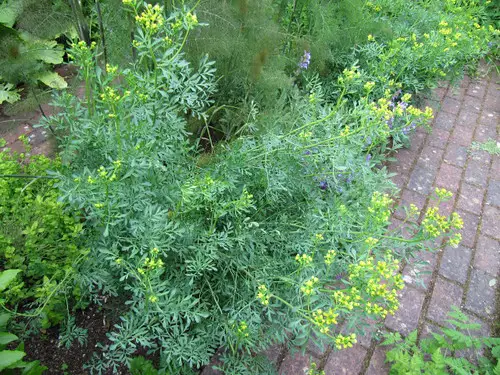
Perfectly straight rows look tidy, but without mulch, they’re exposed battlegrounds for weeds. Weeds sprout quickly in bare soil, outcompeting crops for nutrients and water. The sun also bakes uncovered ground, leading to soil crusting that suffocates roots just below the surface. What looks neat actually leaves plants stressed and gasping.
Adding a layer of straw, wood chips, or compost between rows changes everything. Mulch regulates temperature, holds in moisture, and blocks opportunistic weeds. It also breaks down over time, feeding the soil naturally. A garden without mulch is working twice as hard for half the results.
7. Planting Without Companion Consideration
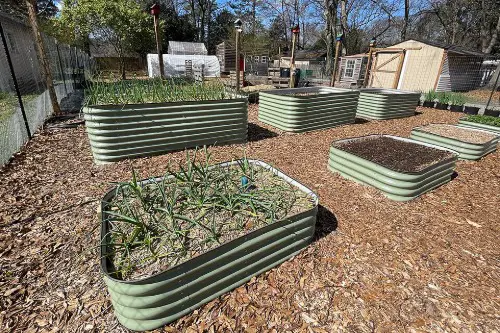
Some plants just don’t play well together, and ignoring that can quietly sabotage your garden. For instance, beans and onions stunt each other’s growth, while fennel excretes chemicals that suppress nearby plants. These invisible battles happen underground and often go unnoticed until plants fail to thrive. It’s less about superstition and more about science.
Laying out crops with companions in mind gives plants natural allies. Basil near tomatoes can repel pests, while corn and beans support each other structurally and nutritionally. A little planning here prevents wasted effort later. Companion planting isn’t just old folklore—it’s a practical design strategy.
8. Monoculture Blocks
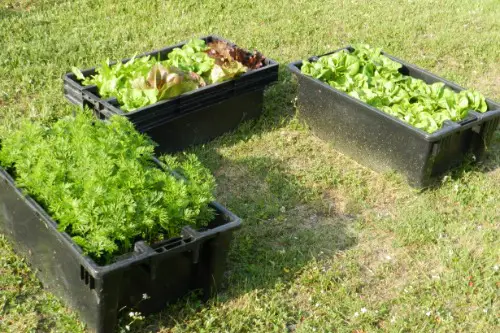
Dedicating a whole bed to one single crop may look efficient, but it’s an open invitation for pests and disease. A row of identical plants gives insects a limitless buffet. Diseases spread quickly because there are no resistant neighbors to slow the wave. Before long, one issue can wipe out the entire planting.
Mixing plant varieties in the same space makes life harder for pests and pathogens. Different scents, shapes, and growth patterns confuse insects and break up disease cycles. It also improves soil health, since each plant type uses and returns different nutrients. Diversity makes your garden more resilient, not messy.
9. Raised Beds That Are Too Narrow
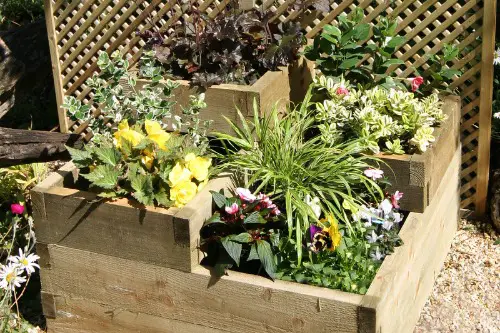
It sounds counterintuitive, but raised beds that are too skinny can choke plants at the root level. Soil dries out faster in narrow beds, and the reduced volume limits how far roots can spread. Plants end up stunted, producing fewer flowers and smaller fruit. Even watering more often won’t fix the cramped conditions.
Beds should be wide enough—usually at least three feet—to support a robust root zone. The extra soil mass helps regulate temperature and hold moisture. This gives plants the underground space they need to thrive. In gardening, sometimes bigger really is better.
10. Planting Heavy Feeders Side by Side
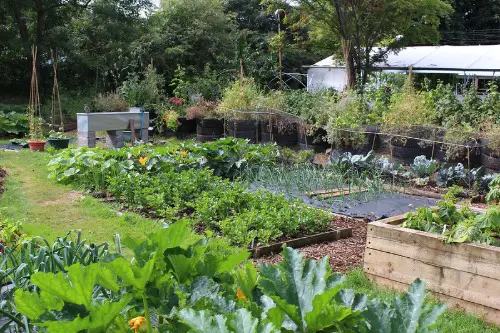
Some crops, like corn, tomatoes, and squash, are what gardeners call “heavy feeders.” They demand constant nutrients, especially nitrogen, to perform well. Planting them side by side means they strip the soil quickly, leaving little for each other. The outcome is pale leaves, weak stems, and disappointing yields.
Instead, rotate heavy feeders with lighter feeders or nitrogen-fixing plants like beans and peas. This balances soil demand and prevents nutrient exhaustion. Compost or fertilizer can help, but layout decisions matter just as much. Feeding the soil wisely is key to keeping plants from silently starving.
11. Forgetting Pathways
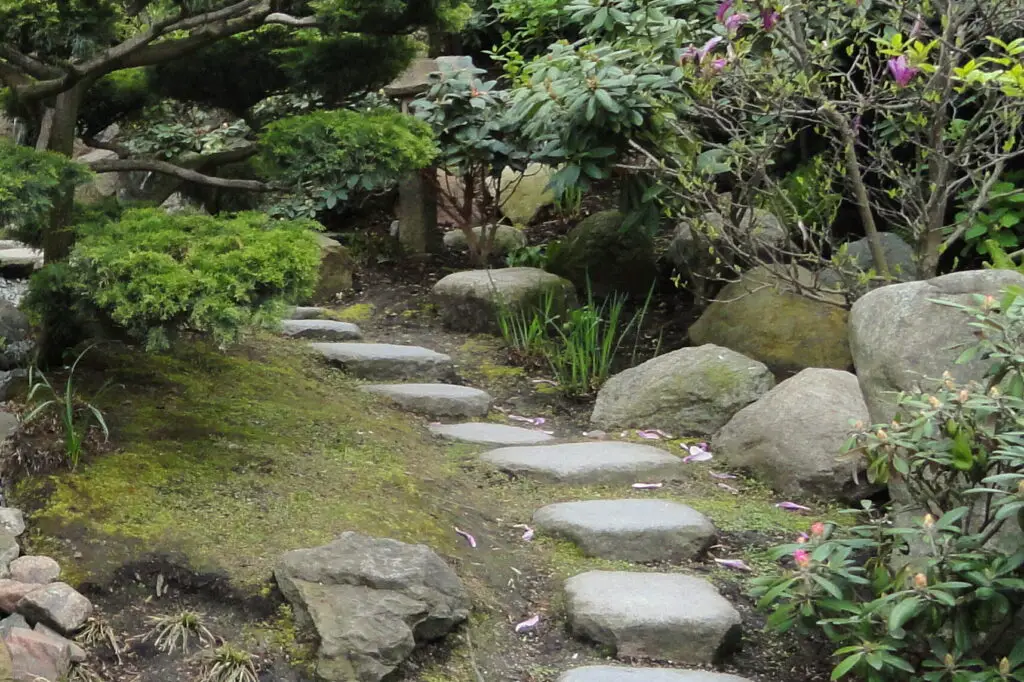
A layout without designated pathways leads to constant foot traffic through beds. Every step compacts soil, squeezing out air pockets roots rely on. Compacted soil drains poorly and makes it harder for roots to spread. Over time, plants weaken not from pests or disease, but simply from suffocation.
By planning simple walkways, you protect root zones from accidental crushing. Wood chips, stepping stones, or even narrow strips of mulch can guide your steps. It’s a small design choice with a big impact on plant health. Healthy soil structure is just as important as sunlight or water.
12. Ignoring Water Flow

Water doesn’t just disappear into the ground; it moves, and ignoring that flow can drown or starve plants. Beds at the bottom of a slope can become soggy swamps, while those at the top may dry out too fast. Uneven watering stresses plants, leaving them vulnerable to disease and nutrient deficiencies. It’s not about how much you water, but how well your layout manages it.
Terracing or contouring beds can help balance water distribution across a garden. Installing drip irrigation is another way to keep moisture even and targeted. Raised beds in low areas prevent standing water, while mulch helps retain it in dry zones. A smart layout works with water’s natural tendencies, not against them.
This post 12 Garden Layouts That Are Quietly Choking Your Plants was first published on Greenhouse Black.
